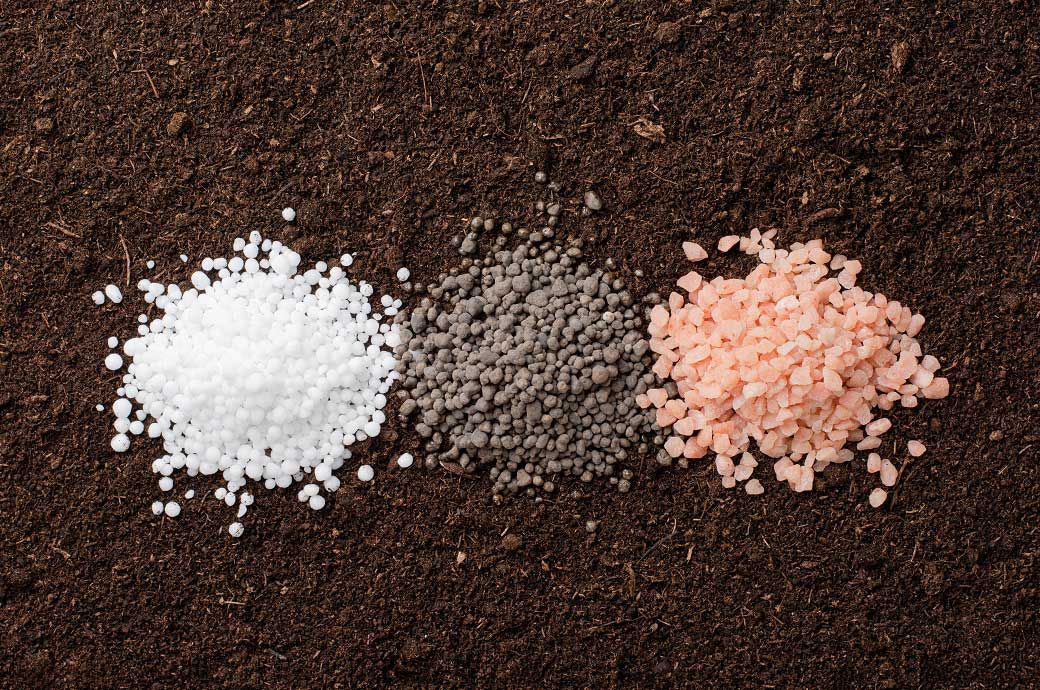
The Ministry of New & Renewable Energy (MNRE) is spearheading the NGHM, with an ambitious target of achieving a production capacity of 5 million tonnes per annum of Green Hydrogen by 2030. As part of this mission, the MNRE had earlier issued guidelines on January 16, 2024 for the implementation of the SIGHT Programme – Component II: Incentive for Procurement of Green Ammonia Production under Mode 2A, specifically catering to the fertiliser sector.
Initially, the capacity available for bidding under Tranche I of Mode 2A was set at 5,50,000 tonnes per annum. Subsequently, the Solar Energy Corporation of India (SECI) issued a Request for Selection (RfS) to select Green Ammonia Producers through a cost-based competitive bidding process, the Ministry of New and Renewable Energy said in a press release.
With the implementation of the mission gaining momentum, the demand for Green Hydrogen and its derivatives has surged across various sectors. In response to the increased demand from the fertiliser sector, the MNRE has decided to amend the Scheme Guidelines dated January 16, 2024, raising the allocation under Mode 2A Scheme by 2 lakh tonnes per annum, resulting in a new allocation of 7,50,000 tonnes per annum of Green Ammonia. This amendment represents a crucial step towards creating demand for Green Hydrogen and its derivatives in India.
Launched on January 4, 2023, the National Green Hydrogen Mission has an outlay of ₹19,744 crore (~$2,365.14 million) up to FY 2029-30. The mission aims to contribute to India’s goal of becoming Aatmanirbhar (self-reliant) through clean energy and to serve as a global inspiration for the Clean Energy Transition. It is expected to significantly decarbonise the economy, reduce dependence on fossil fuel imports, and enable India to assume technological and market leadership in Green Hydrogen.
Fibre2Fashion News Desk (KD)